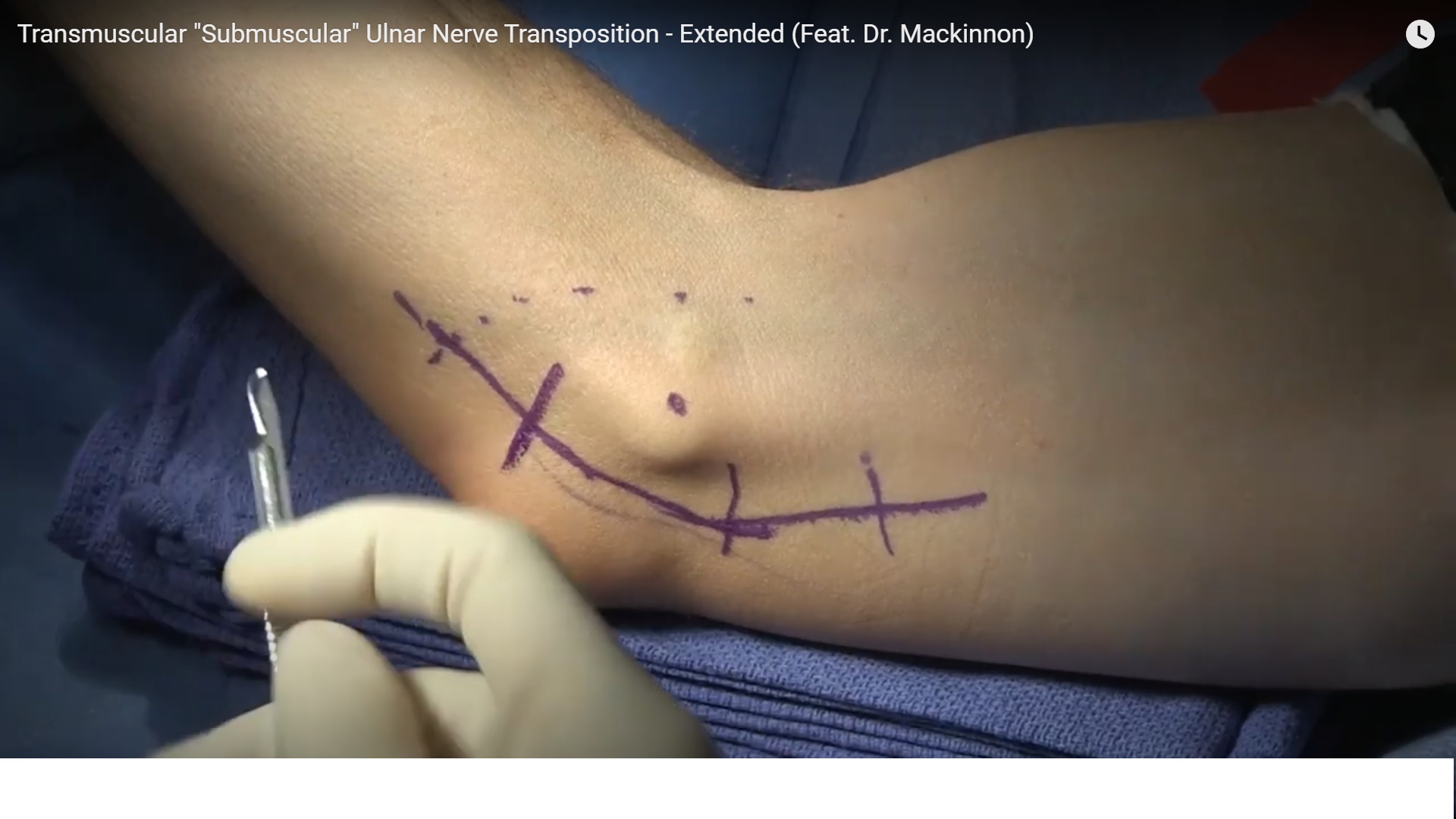Courtesy:
LECTURE
An Overview of Nerve Conduction Studies and Electromyography
Authors: Bucelli RC1, Yee A2
Published: November 17, 2021
Author Information
1 Department of Neurology, Washington University, St. Louis, Missouri
2 Division of Plastic and Reconstructive Surgery, Washington University, St. Louis, Missouri
Lecture (211013.211013)
ABSTRACT
Understanding the basics and fundamentals of electrodiagnostic studies (EDX) is critical for accurate and appropriate decision-making in the management of nerve injuries. In this lecture, we present an overview of nerve conduction studies and electrography from a neurologist’s perspective for nerve surgeons. This includes the importance of conduction velocity, CMAP, SNAP, spontaneous activity, and mother unit action potentials. The lecture describes clinical electrophysiologic correlations and finishes with a case study.
KEYWORDS
Nerve injuries, nerve conduction studies, electromyography
TABLE OF CONTENTS
00:00 Introduction
00:22 Core Concepts in EDX
03:21 Technical Factors in EDX
06:31 Anatomy and Neurophysiology
10:09 Nerve Conduction Studies
10:17 Compound Muscle Action Potential (CMAP)
13:33 Conduction Velocity
15:22 Sensory Nerve Action Potential (SNAP)
19:06 Localization Via Sensory EDX
23:06 Electromyography
27:57 Analysis of Spontaneous Activity
32:47 Analysis of Motor Unit Action Potentials
41:07 Clinical Electrophysiologic Correlations
41:09 Timing of Acute Injury
42:21 Time-Related Changes
43:27 Sensory Nerve Conduction Studies Considerations
45:04 Demyelination and Conduction Block
46:15 Less Common “Upper Limb” Neuropathies
46:48 Case Study
Susan Mackinnon MD, Peripheral Nerve Surgery, Washington University School of Medicine, St Louis, MO, USA

Leave a Reply